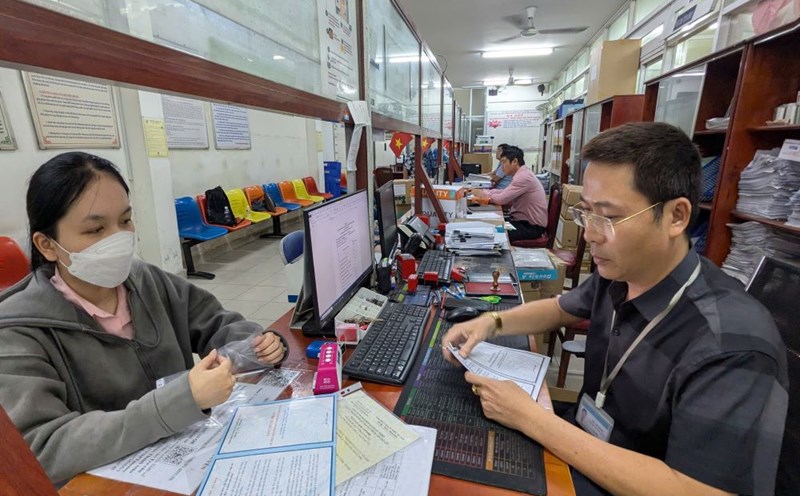I have seen ducks "dipped" in pine plastic, sugar plastic or wax boxes to clean their fur. When they put them up for sale, few people think of how a terrible process it is for the products they prepare to put on the table. Or in some unit markets, the slaughter of pigs next to the dirty ditches is not uncommon, the intestines, feathers, feathers, and even waste of the royalty pigs are scattered, creating a terrifying scene.
While consumers are increasingly interested in food hygiene and safety, a number that has surprised many people: Hanoi currently has 701 slaughterhouses, but only 21.4% of them are controlled. That means nearly 4/5 of the meat on the market every day does not go through a systematic veterinary hygiene control process.
In the context of Hanoi consuming nearly 20,000 tons of live pigs, 6,600 tons of poultry, and more than 130 million eggs per month, letting "uncontrolled meat" squeeze into the meals of millions of families is no longer a risk but an alarming reality.
Supermarkets and shopping malls can ensure traceability, but most of the meat still reaches consumers through traditional markets - where the noi bo quarantine is not complete, the handling of violations does not have strong enforcement sanctions and the small-scale slaughter system operates in pieces, interspersed in residential areas.
Hanoi still has many manual slaughterhouses that lack hygienic conditions and do not have a waste treatment process in accordance with regulations. This is a "potential epidemic", causing the spread of epidemics, environmental pollution and directly affecting people's health.
Recently, Hanoi City issued Directive No. 07/CT-UBND, assigning the Department of Animal Husbandry, Fisheries and Veterinary Medicine to organize a thematic inspection of a series of slaughterhouses. In reality, inspections show that there are establishments that comply with the process, ensuring safety, cleanliness, and modernity. However, such a number is too small compared to the needs and expectations of society.
Tightening slaughter control is not simply a technical measure, but a key step in the strategy of building a safe food chain, ensuring public health and safety and gradually eliminating the mentality of "clean meat - dry food". At the same time, this is also a test of local management capacity, inter-sectoral coordination and compliance with the law of enterprises and production households.
Food safety starts from the first step - that is slaughter. A slice of clean meat cannot come from a dirty knife. If there is no strict control from the root, all efforts to build a healthy society will be only half- progress.











